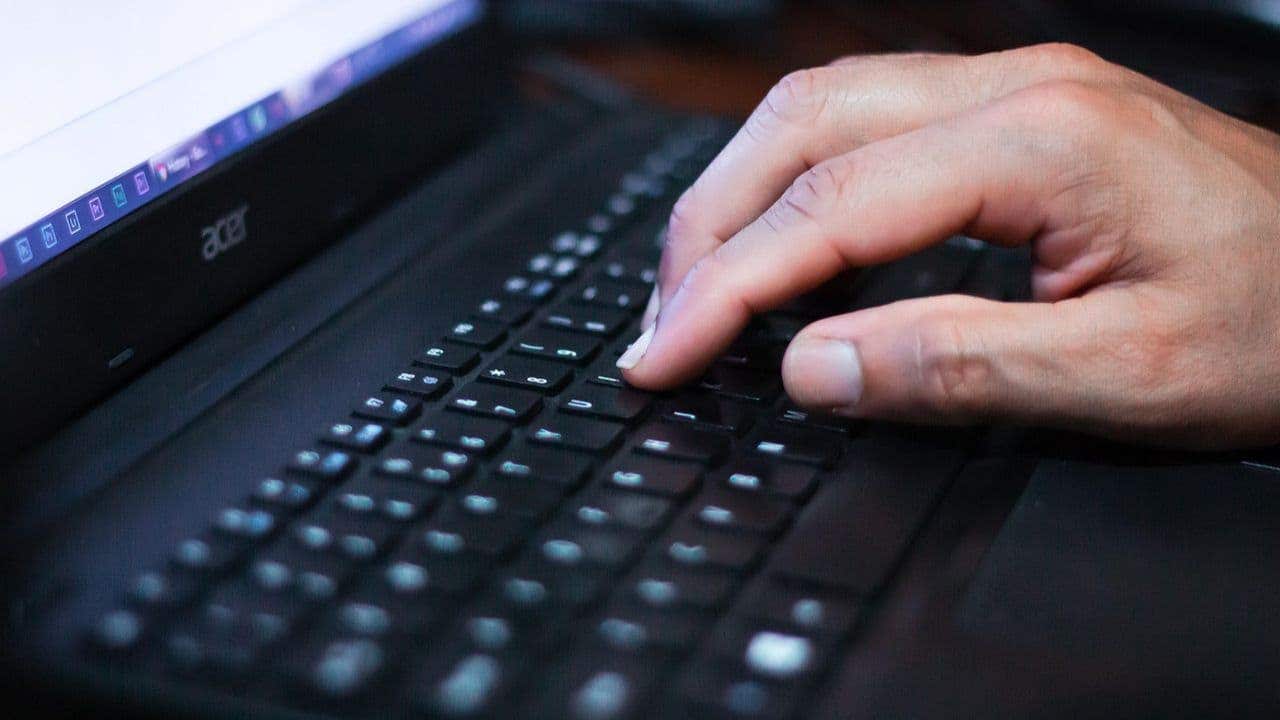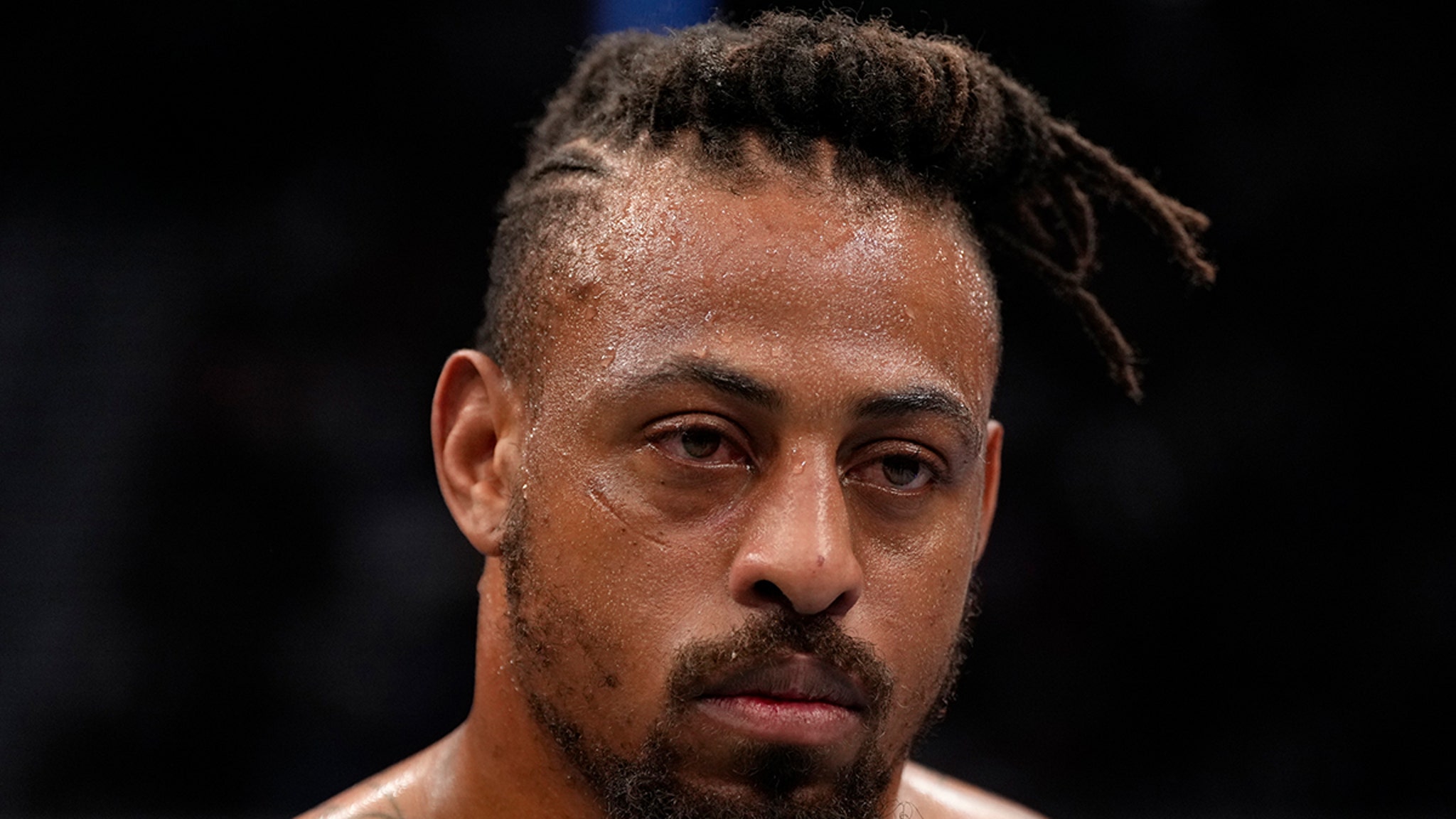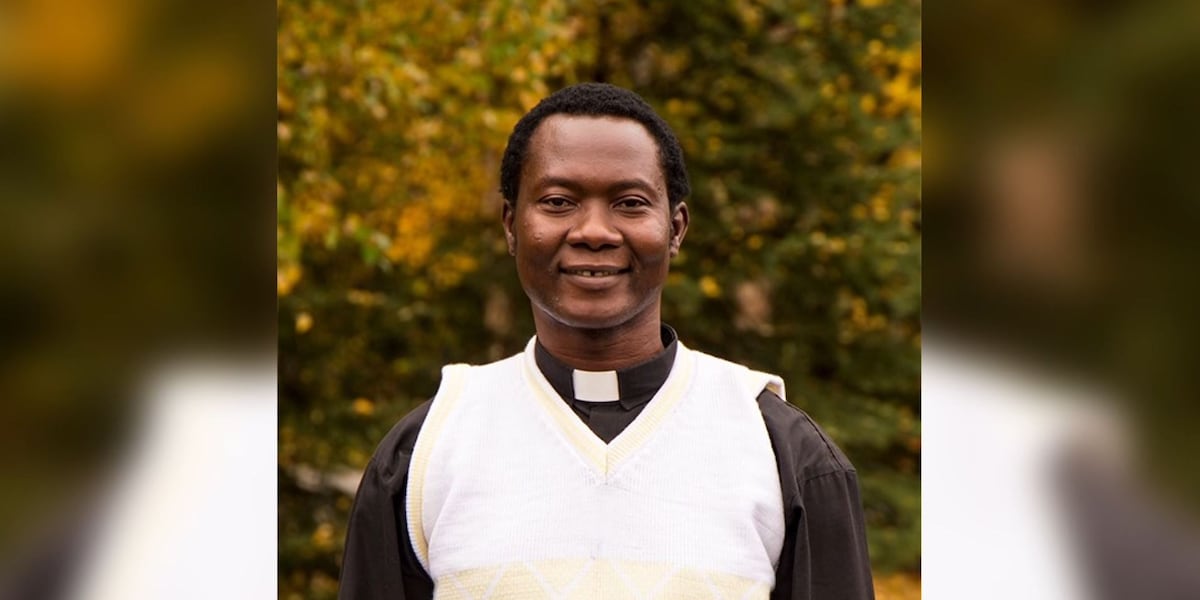Alaska rural school administrators say they’re concerned about how they can implement a major state education overhaul with limited resources.
The Legislature passed the Alaska Reads Act last year, intended to improve literacy in the state. The 45-page omnibus bill had wide-ranging requirements for school districts, including that they develop intensive programs for younger students struggling to read.
The new law will go into effect July 1. The Alaska Department of Education and Early Development has spent months working on outreach efforts and providing online training opportunities for school districts.
But school administrators say challenges remain.
Officials from larger, urban districts are generally more supportive of the measures, and further along in implementing them. School districts in smaller communities and villages are expressing the greatest worries about impacts to staff and how they can provide intensive reading instruction to a majority of their students.
Alaska has long languished at or near the bottom of national standardized test scores for reading. Seven superintendents wrote in late 2019 that there was a statewide reading emergency, and that legislation was needed to improve outcomes.
The Association of Alaska School Boards was supportive of the reading bill when it was before the Legislature, and believed that a concerted effort was needed to improve literacy in the state. The stated goal of the law was that every Alaska student would be able to read proficiently by age 9.
“We’re still supportive of it,” said Lon Garrison, the organization’s executive director. “But I have grave concerns that the implementation of it is not being as responsive as it could be.”
‘Unfunded mandate’
Cyndy Mika, superintendent of the Kodiak Island Borough School District, said she moved to Alaska last year from Texas. She said a similar reading intervention program was implemented there, which led to great improvements, but it came with a significant funding boost.
”I am a proponent of this,” she said. “It’s just that we feel like it’s an unfunded mandate.”
Mika estimated the new law could cost Kodiak schools between $2 million and $4 million per year. The district is getting an additional $80,000 annually from a school funding increase approved last year as part of the reading bill, she said.
Grant Robinson, a spokesperson for the governor’s office, said by email that any assertion that the law was an unfunded mandate is “patently false.” He pointed to $117 million set to be distributed to school districts across Alaska over five years for the new education programs.
The bill included a $30 boost to the Base Student Allocation, the state’s per-student funding formula, which equated to a roughly 0.5% increase. The Legislature also approved a one-time $57 million payment last year to school districts.
State lawmakers approved another $175 million this year in one-time funds for public schools, which Gov. Mike Dunleavy vetoed down to $87.5 million. School officials expressed disappointment with the smaller-than-expected funding boost, and said it would lead to difficult budget decisions.
[Anchorage school administrators warn of staff cuts after Dunleavy’s $87.5 million education veto]
School districts have bought new reading course materials subsidized by the state. New qualifications in the science of reading will be required for educators teaching from kindergarten through third grade by July of 2025. Mika said those courses have been costly for the district and time-consuming for teachers.
Under the law, districts are required to develop individual plans for students who cannot read well. Deputy Education Commissioner Lacey Sanders said by email that of the state’s 53 school districts, just five or six had submitted plans before a Sept. 1 deadline, and that the state was providing feedback.
Mika said the Kodiak district does not have the funding to hire dedicated reading intervention specialists, meaning “all of this is going to fall on our classroom teachers.” She said teachers already have full days of classes, which would invariably push reading intervention to after school.
”Our teachers are already overwhelmed with the day-to-day tasks of teaching a class, and then developing, implementing and monitoring the individual reading improvement plan is what’s going to be the hardest for our teachers,” she said.
Staffing challenges
Under the Alaska Reads Act, in addition to developing individual plans for students who need additional help, schools are asked to provide after-school reading instruction and the option of summer school. Parents would also need to be notified 10 times per year on their child’s reading deficits and the child’s efforts to improve.
Anne Shade, child development department director at Bristol Bay Native Association, works closely with two local school districts. She said that a nationwide shortage of educators is making it difficult to hire additional staff for after-school classes and summer school, asking, “How are we supposed to do that? There’s not a lot of staff out here in the summertime.”
Gene Stone, superintendent of the Lower Yukon School District, said notification requirements will be a significant administrative task in parts of Alaska where the vast majority of younger students could expect to find themselves in reading intervention programs.
“If 80% of your kids aren’t proficient, you have kind of an unintended consequence,” he said. “It’s pretty difficult to meet that metric of all the meetings, all the progress monitoring support.”
[Math scores plunge for 13-year-olds as pandemic setbacks persist]
The law came with subsidies from the state to buy course materials and to pay for some teacher development. But rural school administrators say more help is needed with strained budgets from years of flat funding, high inflation and high fuel costs.
Stone said the Lower Yukon School District — comprising roughly 2,100 students across 10 Western Alaska villages — could expect to spend $518,000 per year from its general fund to implement the Alaska Reads Act.
“Mainly curriculum and supplemental materials to support some of the tutoring and also to have a budget for a summer school,” he said.
At Yupiit School District, headquartered in Akiachak, there were similar concerns. Superintendent Scott Ballard is striving to center Yup’ik culture in everything the district does, and said that he felt like the Alaska Reads Act was doubling down on failed policies, with more assessments and parental notifications.
The bill was written to require “culturally responsive education” and Indigenous language learning for reading specialists. Ballard said the district has scrambled to find qualified educators who are fluent in both Yup’ik and English, but that would be challenging as “there’s not a whole infrastructure that’s been built up over decades.”
Rural-urban divide
Officials from some of the state’s largest school districts said there have been some hiccups and obstacles implementing the new law, but they reported fewer concerns than their counterparts in rural Alaska.
Anchorage School Board president Margo Bellamy said in an interview that “we see this as a very viable program,” and that she has so far heard little concern from Anchorage parents.
In Fairbanks, Kate LaPlaunt, assistant superintendent for elementary schools, and Chane Beame, executive director of teaching and learning, said the district has been focused on improving reading. Many of the requirements they found “logical and intuitive,” and that they would complement what the district was already planning.
[Moms for Liberty didn’t exist 3 years ago. Now it’s a GOP kingmaker.]
But, LaPlaunt said, “I don’t disagree at all with the rural school districts. The requirements for interventions for students certainly does have a price tag associated with it,” adding, “To do it very well could cost quite a bit of money that is not coming from the state.”
The state has hired six reading intervention specialists who will work with the lowest-performing 25% of Alaska schools. Sanders, the deputy education commissioner, said by email that all the specialists have been hired and are currently being trained. The state anticipates the reading specialists will work with 12 schools in the first year, Sanders said, and more the following year.
However, under the new law they are only required to visit each school twice per year. Shade asked, “And that’s supposed to be helpful, how?”
The Legislature also approved spending $5 million this year to establish the Anchorage-based Alyeska Reading Institute to tutor students and provide teacher development. Proponents said that would be a valuable resource, while lawmakers from outside Anchorage asked how much difference that would make beyond Southcentral Alaska.
‘A bit bumpy’
Lawmakers left Juneau last May bitterly divided over whether the new law would lead to positive outcomes.
The Alaska Reads Act passed unanimously through the Senate, but squeaked through the House by one vote on the final day of last year’s legislative session. Gov. Dunleavy had championed the bill, with Robinson, his spokesperson, saying the measure was not merely about improving test scores.
“It’s about transforming the trajectory of young Alaskan lives,” he said. “Literacy is an essential life skill in modern society. A person who never learns to read limits their opportunities in life.
However, four Bush Caucus members in the House wrote strongly in opposition of the act last February. Dillingham independent Rep. Bryce Edgmon said recently that some of his concerns about the potential negative impacts of the reading bill to rural Alaska are coming to bear.
He said the bill may have been well-intentioned, but that “it was rushed. It wasn’t that well thought out.”
Palmer Republican Sen. Shelley Hughes was one of the bill’s primary supporters and disputed that depiction. Alaska’s reading bill evolved over years and was modeled on measures that worked in states like Mississippi, she said, which saw great success in improving literacy.
In an interview, she acknowledged that larger school districts would have a greater capacity to successfully implement the law’s requirements. But she said after several years, Alaskans should be able to judge whether the new programs have started improving literacy.
“This first year is going to be a bit bumpy,” she said, adding, “I think we’re going to have to have a little grace for the districts — this first year or two.”
Anchorage Sen. Löki Tobin, a Democrat and chair of the Senate Education Committee, was a legislative aide who worked on the bill. She has advocated for a substantial increase to the state’s per-student funding formula, and said that would be key to ensuring the reading law’s success.
“We knew that there was going to be struggles,” she said. “I don’t think any of us could have anticipated inflation and the tight labor market, and all the other struggles.”
“It’s a good policy,” she added. “Every child has a human right to learn to read. Every child should be prepared and ready to enter into kindergarten with all the tools they need in their toolkit to be successful in their academic journey. Now, it just takes us being reflective to say what is missing to making that actually happen.”

:quality(70)/cloudfront-us-east-1.images.arcpublishing.com/adn/ZH6NQTV5OZGJXD77CMSY6TE5UQ.JPG)




























